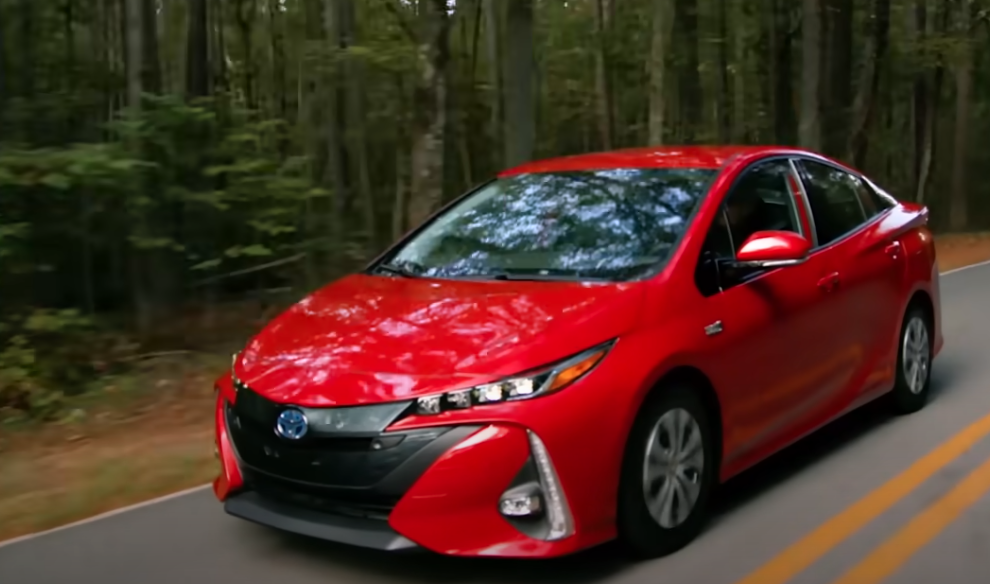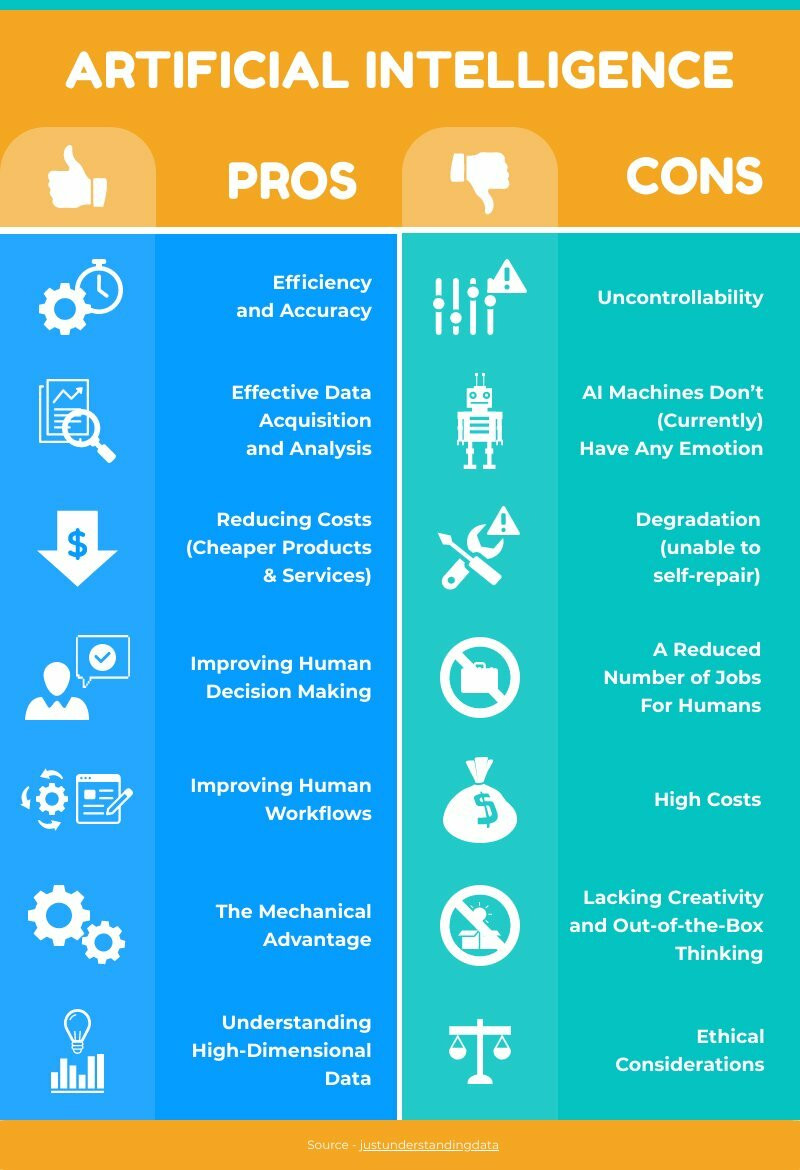
Discover the differences between hybrid and plug-in hybrid cars. Find the best models, compare benefits, and see which eco-friendly option fits your lifestyle.
Hybrid vs plug-in hybrid – which one is the better choice to go with? That’s what we’re going to find out. Although many consumers might be considering making the change from a traditional gas car to a fully electric car, many might not be quite ready to make that full transition yet. And that is exactly what makes a hybrid or a plug-in hybrid car so appealing – they are the perfect transition car for anyone who’s ready to move away from a traditional gas car but not ready to commit to a fully electric car quite yet.
The question, though, is what exactly do you need to know about a hybrid or a plug-in hybrid before buying one? And which one is the smarter choice to go with? Make sure to stick around to the end of the video, because that’s what we’re going to find out.
Understanding Hybrid Cars
Let’s start things off by going over regular hybrid cars first. For those who don’t know, a hybrid is basically a regular gas car with an internal combustion engine that also has an electric motor and a battery pack that helps to improve the fuel efficiency. Think of the electric motor as a helper, taking some of the workload off of the engine, helping to make it much more fuel efficient.
How Hybrid Cars Work
Hybrid critics will argue that it doesn’t make sense to buy a hybrid car because you’re never going to recoup the extra money that you spend buying a hybrid in fuel savings. That might have been true in the past, but that’s not exactly the case today with many hybrids.
Benefits of Hybrid Cars
The reality is that the price difference between hybrids and their non-hybrid equivalents has dropped significantly, and you’re not going to have to spend a lot of extra money in order to get the hybrid option.
- Improved fuel efficiency
- Lower emissions
- Cost savings on gas
Popular Hybrid Car Models
Some of the most popular hybrid models on the market include:
- Toyota Prius
- Honda Insight
- Best Hybrid Cars for 2023
Exploring Plug-in Hybrid Cars
Now, a plug-in hybrid car is basically mechanically identical to a regular hybrid. The only major difference is that the electric motor and battery pack are much larger, which gives it a dedicated electric range and more power.
How Plug-in Hybrid Cars Differ from Regular Hybrids
Unlike a regular hybrid which always needs to run on both electricity and gas, a plug-in hybrid has the ability to run on pure electricity for a certain amount of range. Depending on the type of plug-in hybrid that you’re looking at, this can be anywhere from 25 to 55 miles, or around 35 to 80 kilometers.
Advantages of Plug-in Hybrid Cars
- Electric-only driving range
- Plug-in Hybrid Car Benefits
- Reduced reliance on gas
Charging a Plug-in Hybrid Car
If you want to regain that electric range, all you need to do is plug it in like a regular electric car. And because plug-in hybrids don’t have a super large battery pack like an electric car, they don’t take anywhere near as long to charge.
- Charging options (Level 1, Level 2)
- Charging time and cost
Top Plug-in Hybrid Car Models
Some of the most popular plug-in hybrid models include:
- Toyota Prius Prime
- Chevrolet Volt
- Best Plug-in Hybrid Cars for 2023
Comparing Hybrid and Plug-in Hybrid Cars
So, taking all of these different things into consideration, is it worth it to buy a plug-in hybrid car over a regular hybrid? Well, the answer really depends on your situation.
Hybrid Car Cost Savings vs Plug-in Hybrid Incentives
For example, if you live somewhere with electric car incentives that can reduce the price of the plug-in hybrid close to that of the regular hybrid, then it’s definitely going to make a lot of sense.
Maintenance and Reliability
- Hybrid Car Maintenance
- Battery life and replacement costs
Factors to Consider When Choosing Between a Hybrid and Plug-in Hybrid
- Driving habits and daily commute
- Access to charging infrastructure
- Long-term cost savings
FAQ (Frequently Asked Questions)
How long does it take to charge a plug-in hybrid?
Most plug-in hybrids are able to fully charge in under four hours using a level two charger, which is the type that you typically see as a commercial charger or the type that you can get installed at your house. If you only use a level one normal household outlet, however, this will take much longer – typically anywhere from eight to fifteen hours.
Are hybrid cars reliable?
Yes, hybrid cars are known to be some of the most reliable cars on the market. Take Toyota for example – they’ve been making hybrid cars for over two decades and their hybrids are known to be some of the most reliable and long-lasting cars on the market. They don’t require any more money when it comes to maintenance and repairs, and in many cases, they can actually save you money.
Do I need to replace the battery in a hybrid car?
Most hybrids come with a very long warranty on their hybrid components – at least eight to ten years – and battery failure is exceptionally rare. The great thing is that if it does happen, you don’t necessarily need to go with a brand new expensive battery pack as a replacement. There are after-market solutions and remanufactured batteries that can cost a lot less money. So it’s not exactly a big deal.
What are some of the most popular hybrid and plug-in hybrid models?
Some of the most popular hybrid and plug-in hybrid models on the market include the Toyota RAV4, the Hyundai Tucson and Hyundai Santa Fe, the Kia Sorento, the Ford Escape, and the Honda CR-V. If you’re looking at just a regular compact car or mid-sized car, you can also consider models like the Toyota Prius or the Toyota Camry, the Honda Accord, or the Hyundai Sonata.
If you’re thinking about buying a hybrid or a plug-in hybrid car, let me know in the comments. And if you enjoyed this video, make sure to like and subscribe. You can also follow me on TikTok and Instagram, and if you need any additional car buying advice, recommendations, or help with getting a great deal on your next new car purchase, you can also take a look at carhelpcanada.com. Thanks so much for watching and see you next time!









